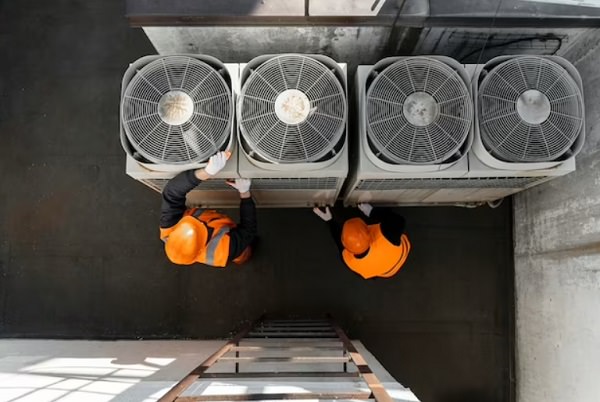Are you a business owner who needs to take care of their heavy equipment, but aren’t sure where to start? If so, then you need to create a checklist to guide you during your maintenance.
A checklist will help you in many ways. First, it will help you stay organized about the maintenance you need to perform for all of your equipment. It also gives you a clear guide on all the different elements you need to take care of.
Find out more about creating a checklist for heavy equipment maintenance by following the tips below.
Perform Daily Inspection
Check for any visible damage, leaks, or loose parts. Inspect tires or tracks for wear, cuts, or punctures. Look for loose or missing bolts, nuts, or fasteners.
Additionally, ensure all lights, signals, and safety features are working.
Check Fluid Levels and Filters
Checking fluid levels on heavy equipment is essential to prevent equipment failure. Check and maintain proper levels of engine oil, transmission fluid, hydraulic fluid, coolant, and fuel. Consult your owner’s manual for recommended fluid levels and the appropriate type of fluid to use.
Top off fluids as needed, following manufacturer recommendations. Also, inspect and replace air, fuel, and hydraulic filters according to the maintenance schedule.
Greasing and Lubrication
Grease all fittings as per the manufacturer’s recommendations. Lubricate moving parts such as hinges, pivots, and joints. This should be done monthly or more often if the equipment is used heavily.
Electrical System
Check the battery condition and clean terminals. Inspect and replace worn-out wiring or connectors. Lastly, ensure all electrical components function correctly.
Brakes, Clutch, and Cooling System

Test brakes and clutch for proper operation. Adjust or replace brake pads and linings when needed.
For the cooling system clean or replace the radiator as required. Then check for coolant leaks and ensure proper coolant concentration.
Undercarriage and Tracks
Inspect and tighten track bolts if necessary. Check track tension and alignment. Also, replace damaged or worn tracks and sprockets.
Additionally, inspect for signs of damage or wear and tear in every component. Make sure to replace any worn-out parts. Check out Bosch Rexroth products for a variety of replacement parts for your equipment.
Verify That Safety Features are Working
Verify that all safety features like seat belts, alarms, and backup cameras are functioning correctly. Replace any damaged or worn components immediately.
Operator’s Cabin
Clean and maintain the operator’s cabin for a safe and comfortable working environment. Ensure all controls, gauges, and instruments are in good working order.
Keeping Track of Your Heavy Equipment Maintenance
Overall, a checklist for heavy equipment maintenance is an incredibly useful tool. As long as you have the appropriate skills and knowledge to fix and maintain your machinery, following this checklist can help increase the longevity and performance of your equipment. It will also help avoid business downtime.
To identify and prevent any issues that may be costly or unsafe in the future, contact a trusted professional for heavy equipment maintenance and repair.




